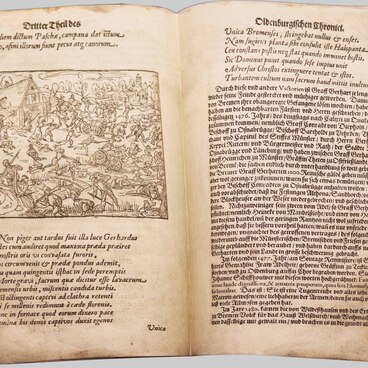Several centuries ago, candlesticks and candelabra were common items in any home. A candelabrum is also a candlestick, but only with a characteristic design. It has several branches, thanks to which several candles can be installed in one stand at once.
French sculptor-animal painter Auguste-Nicolas Cain was the author of this model. At first, he was a woodcarver and only later learned sculpting from François Rude. Famous French sculptor Pierre Jules Maine, whose daughter Cain married in 1852, had a significant influence on the development of his artistic manner. Subsequently, Cain inherited the bronze foundry of his teacher and father-in-law, and also published a catalogue of his sculptural models.
The candelabrum for five candles in the form of a flowerpot with carnations is paired. It has a cylindrical base and is decorated with round applied medallions in antique style: 2 portraits in profile, a chariot with a charioteer, a man with a horse. It is decorated with a relief pattern of stems and leaves of a climbing plant (grape), a pattern of two serrated lines. Branches of candlesticks emanate from the neck in the form of stylized flower stems with leaves, buds and flowers. Candlestick rosettes are in the form of carnation flowers. There is an engraving in the lower part of the flowerpot: ‘A. Cain’.
The author, Auguste-Nicolas Cain, depicted almost exclusively animals — first only in small forms, then individual figures and groups of large birds of prey and animals — and achieved great skill and expressiveness in animal sculpture. His largest work is the monument to Duke Charles II of Braunschweig erected in Geneva in 1879: a splendid structure topped with a bronze equestrian statue of the duke and decorated with colossal figures of two lions and two vultures of red marble. Cain’s other famous works include the bronze compositions The Lion and the Lioness (1854) in Odessa, The Tiger Trampling the Crocodile (1873) and Two Lions Attacking the Boar (1882) in the Tuileries Garden, The Nubian Lion and Its Prey (1870) in the Luxembourg Gardens and others.



